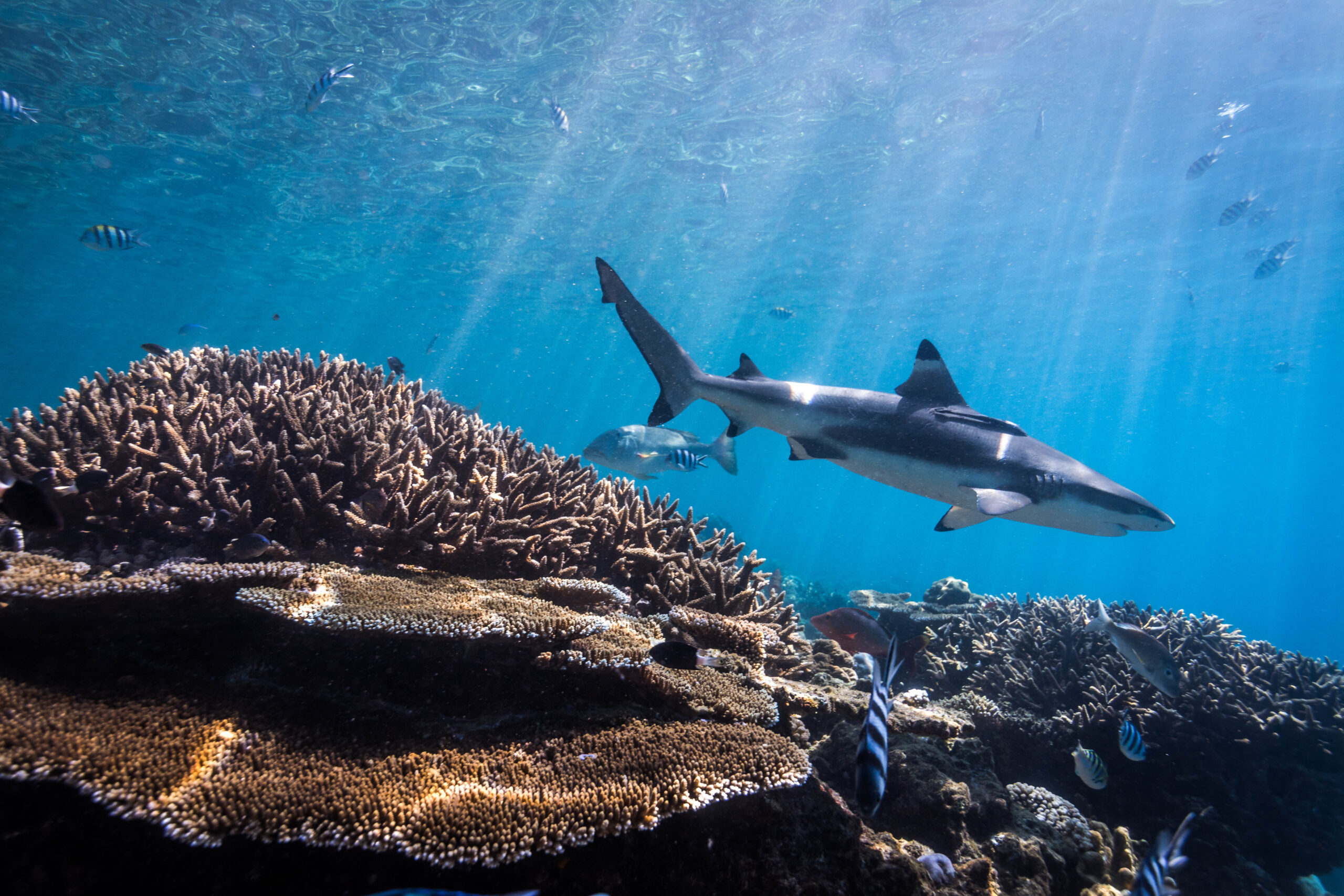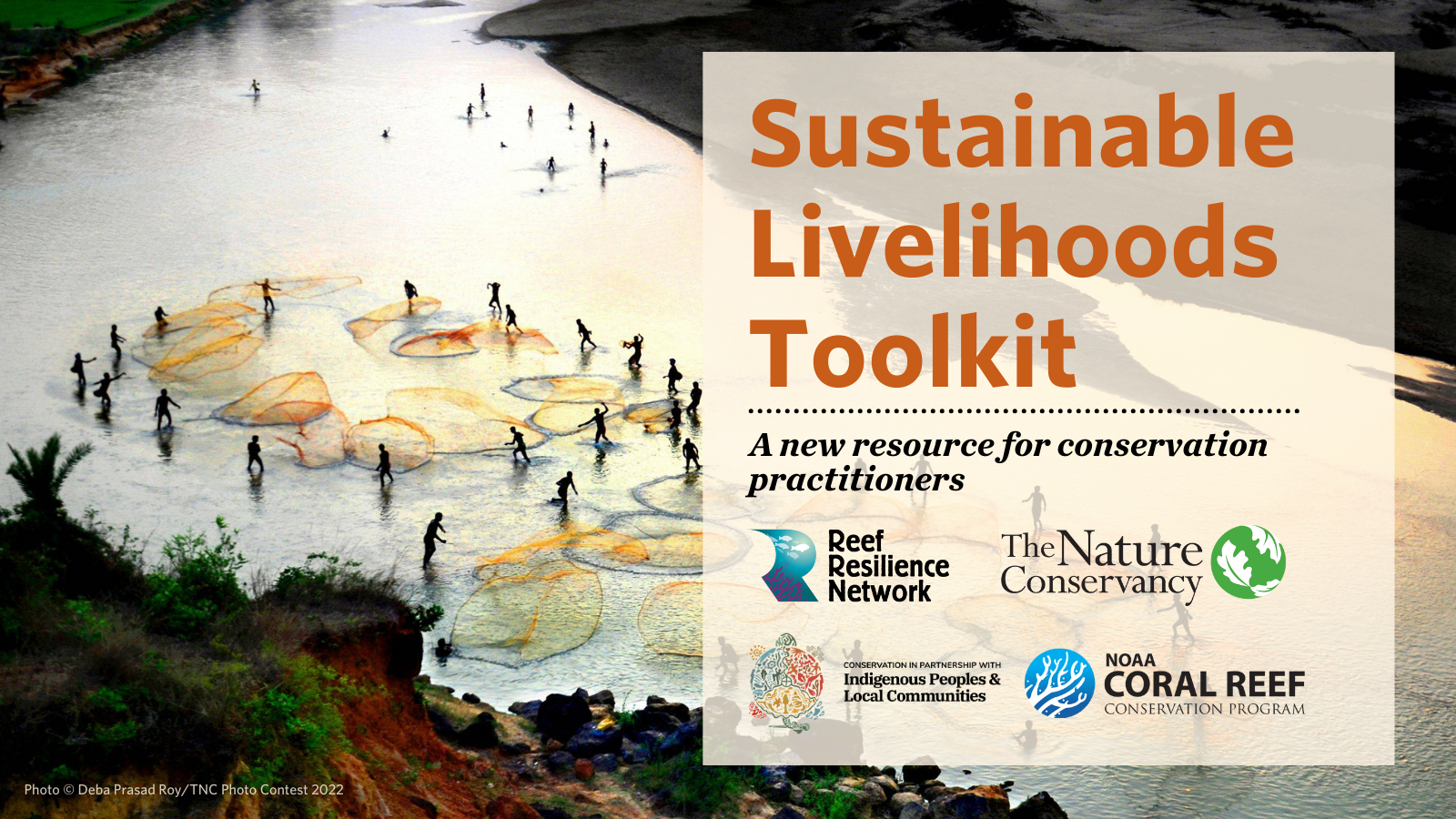Marine protected areas (MPAs) are established for a variety of reasons including: protecting marine biodiversity and habitats from degradation, replenishing depleted fish populations, regulating tourism and recreation, accommodating conflicting resource uses, and enhancing the welfare of local communities. In some cases effectively managed MPAs can lead to poverty alleviation, while in others, they may adversely affect local communities. This study utilized biophysical, social, and governance indicators from a commonly applied guidebook, How is your MPA doing?, to explore trends across 24 MPAs worldwide. The objective was to examine protected area goals and objectives and explore the possibility of using site-level data to understand how MPAs might be more effectively established and managed.
The authors found that monitoring is skewed toward biophysical goals and objectives. All five top MPA goals and all 20 of the top MPA objectives most commonly assessed by managers were biophysical. The authors suggest that this may be because biophysical goals and objectives can be assessed using few indicators, compared to governance or socioeconomic goals and objectives which require more indicators to assess. In addition, the authors found that smaller MPAs were correlated with better performance. The authors call for increased efforts to build awareness and capacity to conduct social science research to ensure that managers have the necessary skills to effectively assess the social consequences of MPA establishment. The authors also emphasize the importance of site-specific factors in driving MPA performance. They suggest that future MPA performance guidance include indicators to assess the effects of MPA networks, based on the idea that MPAs are likely to function better as part of a network than on their own. They also reinforce the need for greater emphasis on measuring the social impacts of MPAs to more accurately assess MPA performance. With improved global MPA datasets, policymakers and practitioners in the conservation and development community will be better able to understand what governance structures and resource use patterns are linked to stronger MPA performance.
Author: Fox, H.E., J.L. Holtzman, K.M. Haisfield, C.G. McNally, G.A. Cid, M.B. Mascia, J.E. Parks, and R.S. Pomeroy
Year: 2014
View Abstract
Email for the full article: resilience@tnc.org
Coastal Management 42: 207–226. doi: 10.1080/08920753.2014.904178


